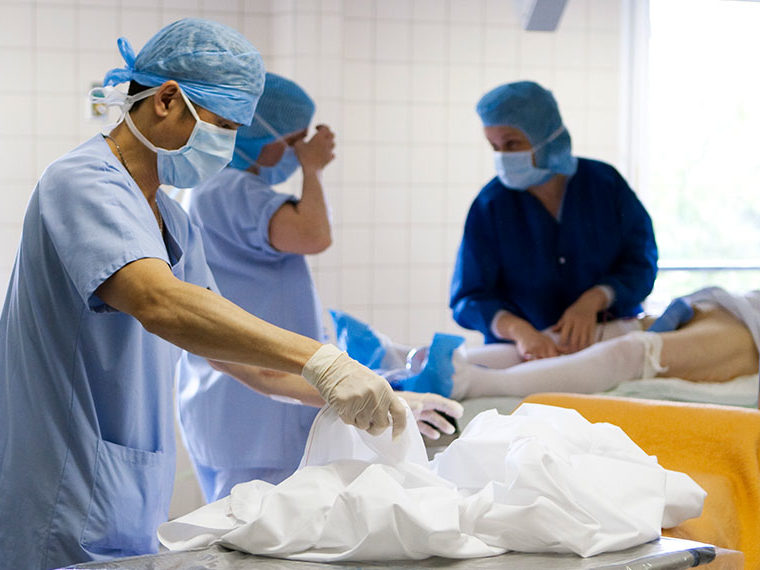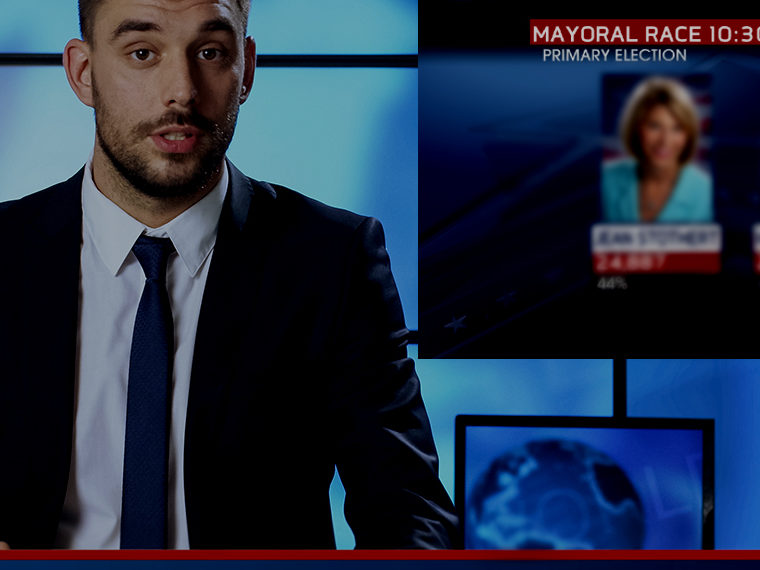Smartphone data reveals that wait times at the polls are much longer for black people
It’s hard to imagine the general election this November occurring without widespread litigation before, during and after the vote over alleged voter suppression. Nearly a thousand polling places have been shuttered in recent years, with disproportionately more closings in minority-heavy precincts. Large, ongoing efforts aim to restrict mail-in votes, as well as ballots for ex-felons.
Coronavirus adds obstacles to voting. Poll workers are overwhelmingly senior citizens, a demographic that, like the black population generally, has seen particularly high rates of death from the disease. Wisconsin’s recent decision to hold a presidential primary during a coronavirus lockdown led to few open polling places and very long lines at some, including those in Milwaukee’s majority-black neighborhoods.
Proving voter suppression, however, requires court-worthy evidence that actions actually make voting harder for a targeted population. Getting convincing data has proven tricky, despite numerous studies that find black and low-income voters wait longer to cast ballots than white voters.
Opt In to the Review Monthly Email Update.
Researchers often position observers and interviewers at polling places to measure wait times, which is considered a crucial measure of voter access. But sample sizes are typically small, and self-reported data is notoriously unreliable. (In surveys, for example, more than 80% of people say they vote. Actual turnout for a presidential election is closer to 55%.) Sometimes it’s unclear whether a lengthy time at the polls is the result of a long line or simply lengthy deliberations inside the voting booth.
A group of economists recently put geospatial data to the debate. UCLA’s Anderson’s Keith Chen, Carnegie Mellon’s Kareem Haggag, University of Chicago’s Devin Pope and Anderson postdoctoral fellow Ryne Rohla tapped voters’ smartphone data from presidential election polling sites across 46 states to see how long individuals waited once they arrived. Their method, an approach Chen described in an interview as cheap, quick and replicable, is similar to research strategies used to create policies during epidemics and to measure political splits within families gathered for Thanksgiving dinner.
Their findings generally support allegations of voter suppression, especially of black voters. In the 2016 presidential election, the researchers found, voters in predominantly black neighborhoods were 74% likelier than those from white neighborhoods to spend more than a half hour at their polling place. Chen expects the results to be used as evidence in ongoing lawsuits aimed at exposing and removing barriers to voting.
Their findings suggest other correlations between long wait times and demographics. Rich people can generally vote faster than poor people, Chen said. Hispanic people wait longer than white people, too, but not nearly as long as black people.
“Even after all those other correlations, the big thing is (being) black,” Chen said. “African Americans just seem to have longer wait times.”
To be clear, he continued, the researchers cannot identify the race of any individual voter in the study. They used U.S. Census data to generate racial profiles of each polling place. “What we know is that, at polling places where a greater share of the registered voters who are supposed to be voting are African American, there are longer wait times.”
The study matches location pings from smartphones at residences (where the devices spend the night) to the polling places assigned to those addresses. On election day, the researchers followed the phones that ended up at polling stations. Poll workers were separated from likely voters by their movements on, before and after election day.
The researchers could not find consistent patterns of leadership or geography that might be responsible for wait time differences. For example, they saw no correlation between the party in power, at the state or county level, and wait times at polling places. They write: “Rather, both red and blue states and counties are susceptible to generating conditions that lead to black voters spending more time at the polls than their white counterparts.”
“We don’t find a lot of obvious culprits, which is a little troubling,” Chen said. “Because right now we’re talking a lot about systemic racism, and this seems to be very systemic. It’s not concentrated in the South, it’s not concentrated in urban areas — it’s just all over the place.”
The researchers suggest that applying their research approach to the 2020 election could help pin down the causes of inequities at the polls. With across-the-country data from two elections, researchers could test whether disparities in wait times change when different laws or election officials take over in a state.
Featured Faculty
-
M. Keith Chen
Professor of Economics
-
Kareem Haggag
Assistant Professor of Behavioral Decision Making
About the Research
Chen, M.K., Haggag, K., Pope, D.G., & Rohla, R. (2019). Racial disparities in voting wait times: Evidence from smartphone data.






